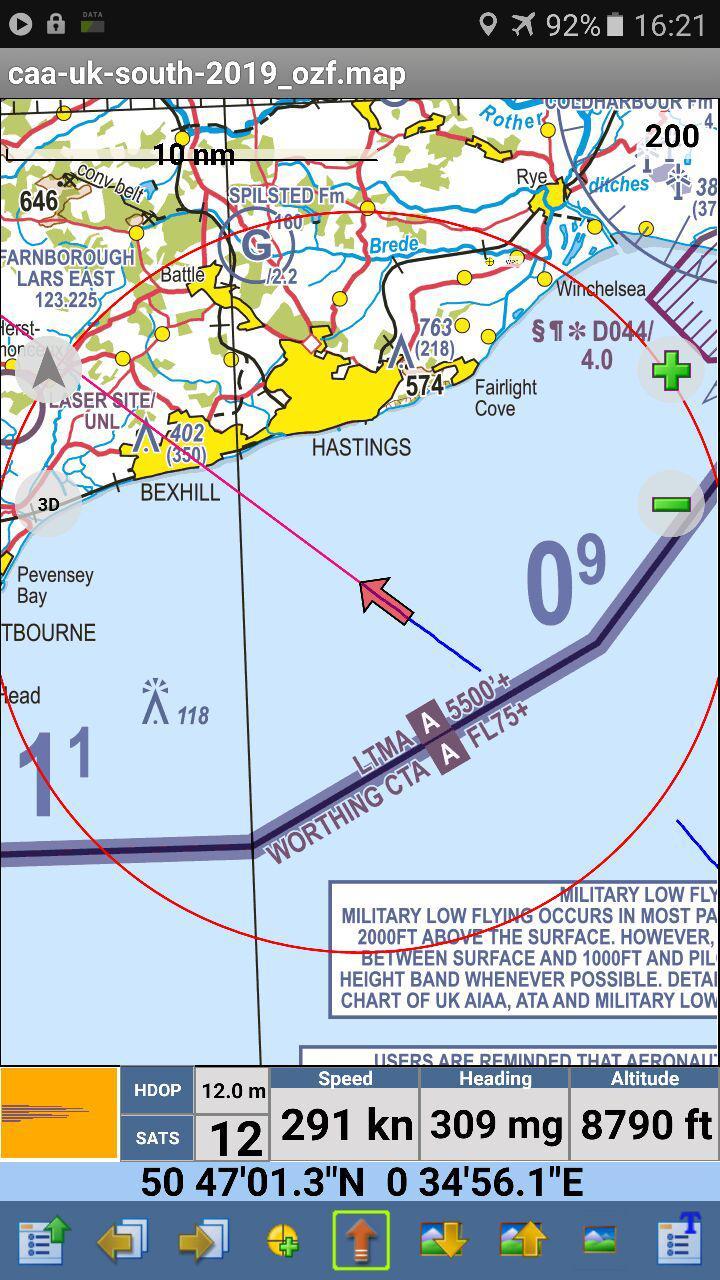I believe that the 250 knot restriction is more good practice than an hard limit. It is exempt if the aircraft is not capable of flight that slow. Thus, one would expect those aircraft types are more capable of withstanding a strike. But, in general, the 250 knot limit seems a wise default speed for a strike consideration. It is easier to express this type of restriction as a “policy” which can be exempt if needed, with national regulations, than to impose it on every aircraft type within its design limitations.
Bird strike resistance was tested up to 250knots because of the said rule – but the rule originated following several mid-airs (not with birds) in the late 50es; the final straw being a DC-8 plowing into a Super Constellation over Brooklyn at 315 indicated while trying to get a nav fix.
http://specialcollection.dotlibrary.dot.gov/Document?db=DOT-AIRPLANEACCIDENTS&query=(select+719)
Initial ruling also referred only to “arriving” as opposed to all aircraft as it is now.
In Germany the 250kt limit was introduced in the mid-seventies following a nearmiss between a Fiat G91 fighter and a Lufthansa B737 in the vicinity of Nürnberg (EDDN), resulting in several injured passengers.
In that time of the Cold War all NATO states airforce fighters flew around VFR in Germany mostly uncoordinated not only below FL100 but also above FL245.
The primary issue is windshield strength certification requirements as I understand it. All non normal checklists regarding windshield heating failures and issues require 250kts below 100 for bird strike issues.
250/100 is normally a hard limit in most operators SOPs in the descent. However, in the climb we can accelerate to our en-route climb speed (280-300kias) in A/B when given free speed.
High speed below FL100 in the descent is very often a causal factor in high energy/unstable approaches as it’s very difficult to get slowed down in time.
The CS25 Bird strikes AMC are here for those of a geekish bent:
The basic requirement is a bird strike at Vc at sea level, or 0.85Vc at 8000ft.
I understand a 747 (when heavy) cannot go as slow as 250kts in the climb.
That is right. Nobody expects that one leaves the wing leading edge flaps extended during climb-out to comply with the 250 rule. However a polite request like “Unable 250 below FL100” will trigger the ATC clearance to climb faster.
It definitely seems possible to substantially exceed the 250kt figure

That is of course the GS but the wind at that level was about 40-50kt headwind

so they were doing perhaps 330kt+ TAS. A320 I believe, Easyjet.
Often had clean speed of 280. No problem, even in usa. Only ones not so happy were germans because of class E shared with some vfr traffic. I think TMZ/RMZ post SERA took care of that.
Snoopy wrote:
Often had clean speed of 280. No problem, even in usa. Only ones not so happy were germans because of class E shared with some vfr traffic. I think TMZ/RMZ post SERA took care of that.
Strictly not possible in USA as controllers can’t authorise a breach of the FARs. Only exception is if minimum safe airspeed requires a speed above 250. In your aircraft you can prob rely on it, I couldn’t.